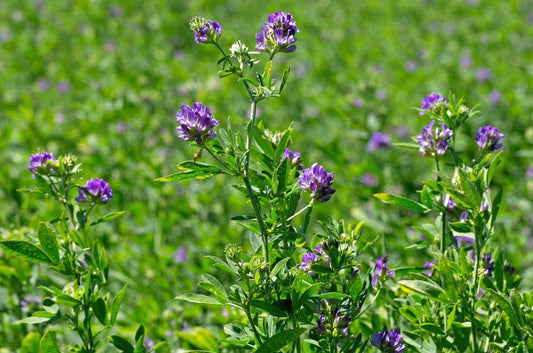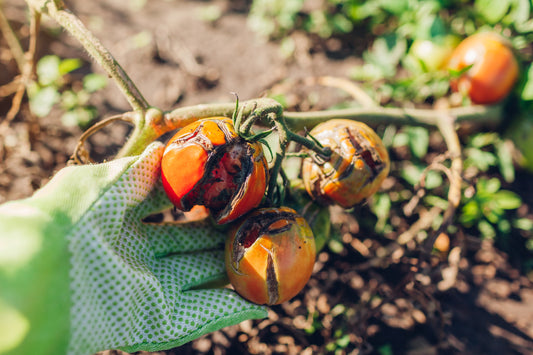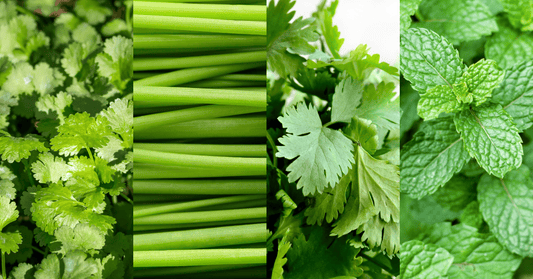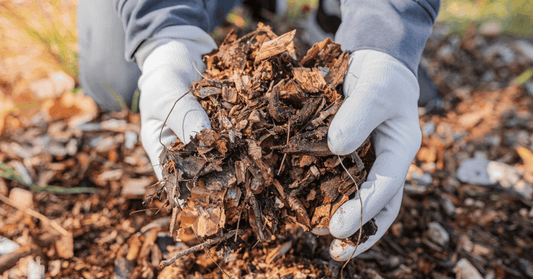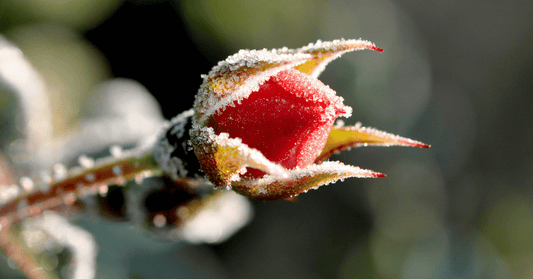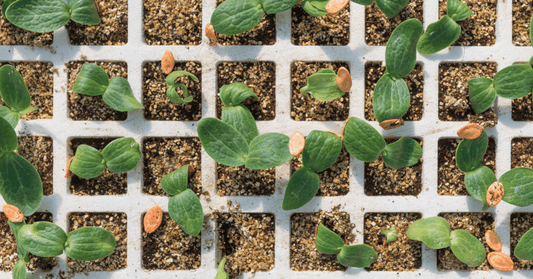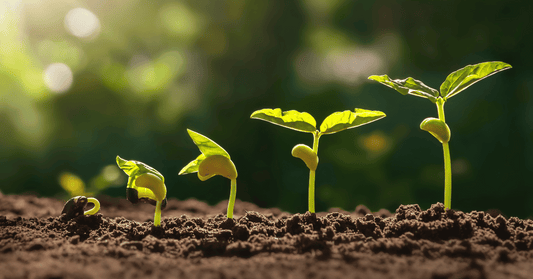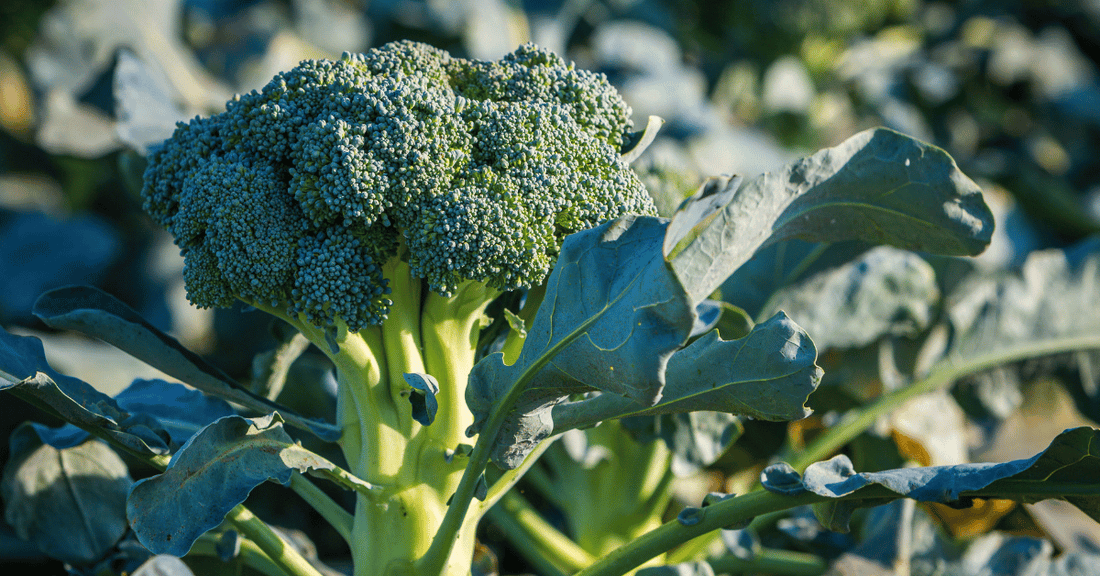
Embrace Early Season Planting: What to Grow in February
As the winter months slowly transition towards spring, gardeners are eager to kickstart their gardens. February, depending on your climate zone, can be the perfect time to sow seeds or transplant certain plants that thrive in cooler temperatures. Let’s explore the diverse array of plants and vegetables that gardeners can consider growing in their gardens during this transitional month.
Cool-Season Vegetables
- Leafy Greens:
- Lettuce: Varieties like romaine, butterhead, or loose-leaf lettuce can be sown directly in the garden or started indoors for later transplanting.
- Spinach: Sow spinach seeds in well-draining soil for a nutritious addition to your salads and dishes.
- Cruciferous Vegetables:
- Broccoli: Start broccoli seeds indoors for later transplanting or sow directly in the garden in areas with milder winters.
- Cabbage: Consider planting cabbage varieties suitable for your region to enjoy this versatile vegetable.
- Root Vegetables:
- Carrots: Sow carrot seeds in loose, sandy soil for a crisp and sweet harvest.
- Radishes: Quick-growing and perfect for early-season planting, radishes thrive in cooler temperatures.
- Peas:
- Sugar Snap Peas: Plant pea seeds directly in the garden in regions where the soil can be worked early. Peas enjoy cool weather and can tolerate light frosts.
Herbs
- Parsley:
- Flat-leaf or Curly Parsley: Plant parsley seeds in containers or garden beds to have fresh herbs for culinary use.
- Chives:
- Common Chives: These perennial herbs can be started from seeds or transplanted from divisions.
Flowers
- Pansies:
- Pansy Flowers: These hardy annuals can be planted early in the year to add color to garden beds and containers.
- Snapdragons:
- Snapdragon Flowers: Start seeds indoors for later transplanting or directly sow in areas with milder winters for vibrant blooms.
Additional Tips for February Planting
- Consider Microgreens: Growing microgreens indoors provides quick harvests and adds a burst of flavor and nutrition to dishes. Varieties like arugula, kale, and radish are popular choices.
- Watch for Local Frost Dates: Always be mindful of the local frost dates in your area. While some plants tolerate cooler temperatures, others might need protection from late frosts or extreme cold snaps.
- Start Seeds Indoors: For plants that require a longer growing season or warmth before planting outside, starting seeds indoors is a great strategy. Use grow lights or a sunny window to provide adequate light.
- Prepare Garden Beds: Ensure garden beds are ready for planting by amending the soil with compost or organic matter. Proper soil preparation fosters healthy plant growth.
- Monitor Weather Conditions: Stay updated on weather forecasts and temperature fluctuations. Consider using row covers or cloches to protect young seedlings from unexpected cold spells.
Conclusion: Embracing Early Garden Growth
February marks the beginning of an exciting gardening season, allowing gardeners to embrace the joys of early planting. By sowing seeds or transplanting select vegetables, herbs, and flowers that thrive in cooler temperatures, gardeners can kickstart their gardens and eagerly anticipate the upcoming harvests, adding vibrancy and flavor to their homes and tables.
So, whether you're envisioning rows of leafy greens, colorful blooms, or flavorful herbs, February offers ample opportunities to start your gardening journey early and witness the magic of new growth in your garden.
